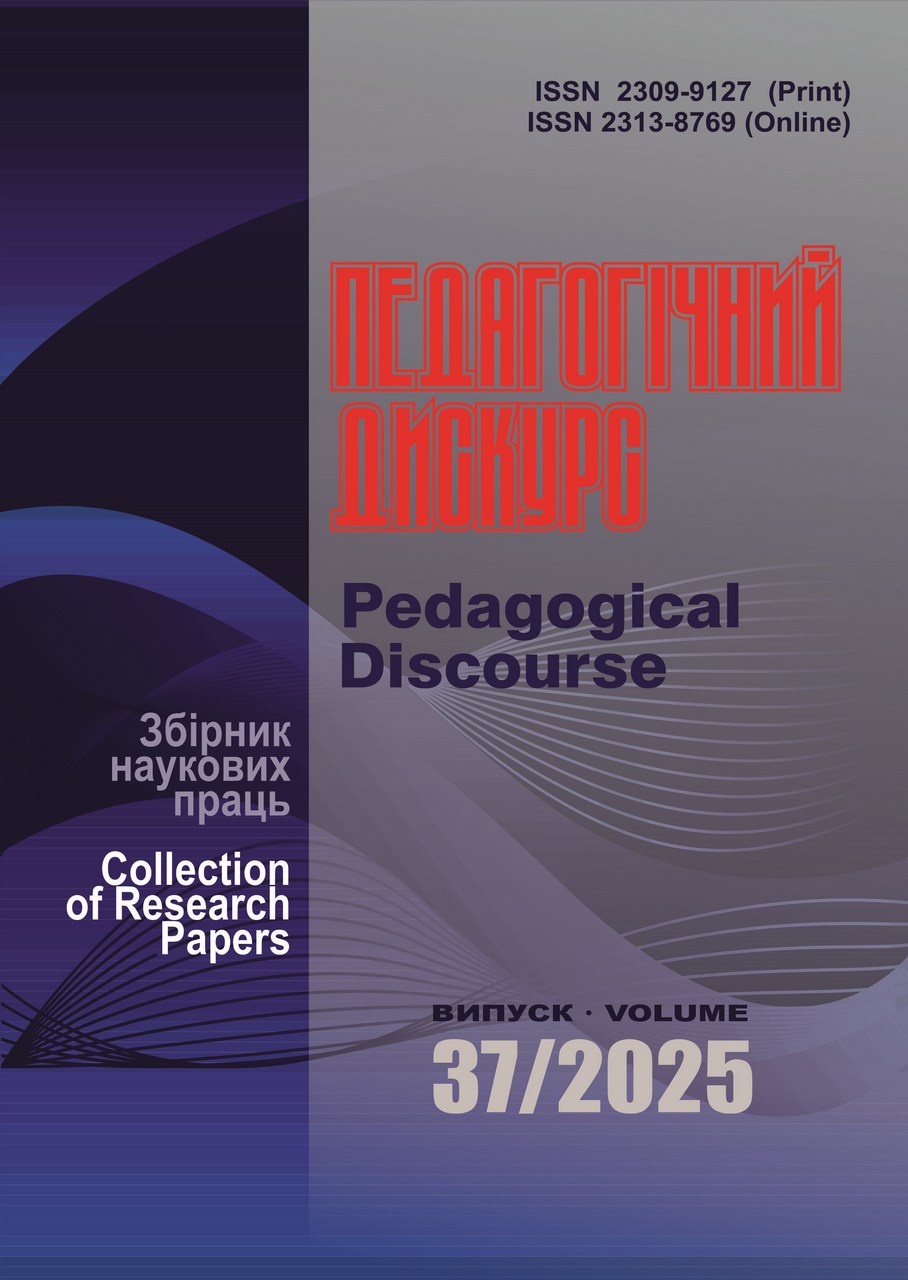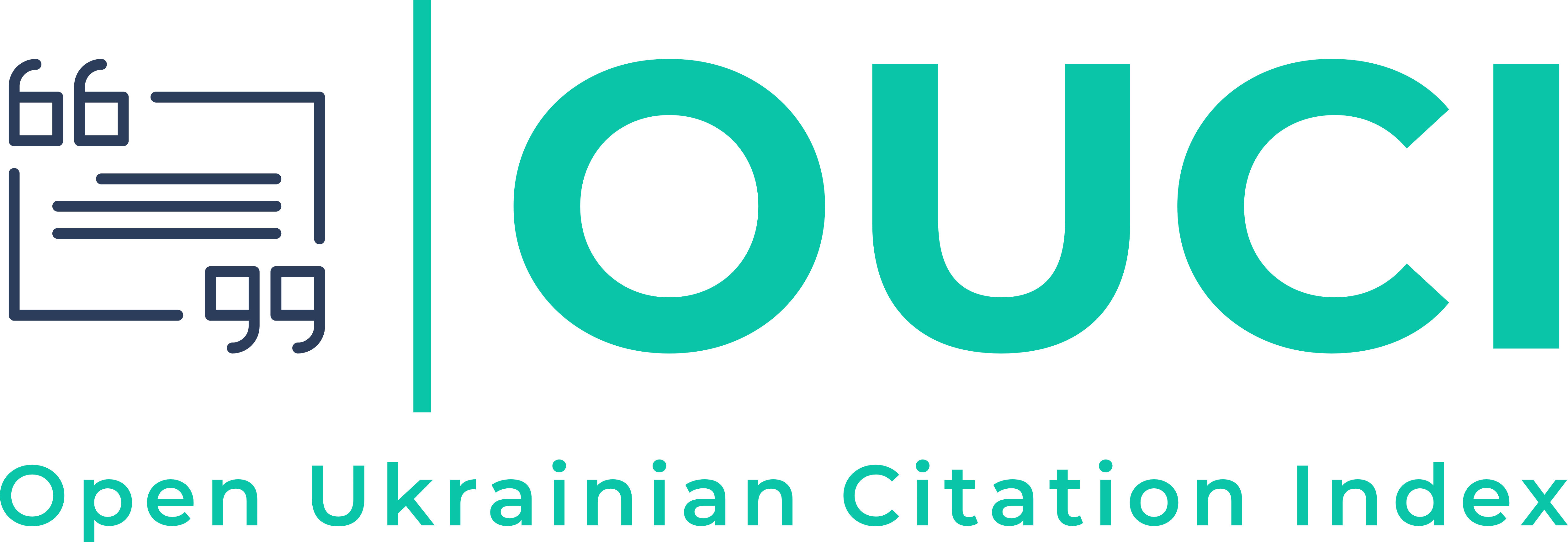Professional Training of Future Fine Art Teachers: Modern Tendencies and Methodological Approaches to Computer Design Education
Abstract
The article reveals that computer design is one of the most dynamic areas of training of future professionals, which requires not only an aesthetic vision but also a thorough understanding of user experience, interface solutions, adaptability and interactivity.
It was considered that the professional competencies of a future designer are formed as an integral system of knowledge, skills, abilities, values and personal qualities that provide the ability to work effectively in real project situations.
We have identified the design and artistic competence, which is an integral component of the professionalism of design specialists in the field of fine arts. It provides the ability to think creatively, implement ideas of using digital tools, and act successfully in real design tasks.
We found out that training of future fine art teachers in the process of studying the discipline «Computer Design» involves the use of the following graphic editors: Canva, Krita, Adobe Photoshop, Adobe Illustrator and Figma, that have their own functional features, didactic potential and range of application in the educational environment, which require gradual mastery of the relevant tools and approaches. That is why it is advisable to introduce a modular course structure.
It has been determined that the modular approach is an effective strategy in higher education, especially in the study of disciplines related to computer design, as it allows to structure the content of the curriculum clearly on the basis of separate modules, each of which is devoted to the study of specific tools and approaches to creating digital graphics. Modular approach to learning makes it possible to ensure the flexibility of the educational process and forms a competitive portfolio of students.
Therefore, the study of the discipline «Computer Design» of the speciality A4 Secondary Education (Arts. Fine Arts) in a higher education institution should be based on the use of digital technologies that correspond to the current trends in the creative industry.
It has been determined that the integration of current trends in computer design, UX/UI approaches and artificial intelligence helps to develop the professional competencies which are necessary for the future specialists to be successful in the digital space.
Downloads
References
Коваленко, О. М. (2019). Комп’ютерна графіка як складова художньої освіти майбутніх фахівців з образотворчого мистецтва. Наукові записки Центральноукраїнського державного педагогічного університету імені Володимира Винниченка. Серія: Педагогічні науки, 182, 215–218. [in Ukrainian]
Мартинюк, А. Ю. (2018). Модульний підхід у системі вищої освіти. Молодий вчений, 1 (53), 54–57. [in Ukrainian]
Шевченко, А. (2016). Компетентісний підхід у навчанні художньому проектуванню майбутніх фахівців з дизайну. Наукові записки Кіровоградського державного педагогічного університету імені Володимира Винниченка. Серія: Проблеми методики фізико-математичної і технологічної освіти, 9 (3), 77–80. [in Ukrainian]
Adobe Inc. Adobe Illustrator User Guide. Взято з https://helpx.adobe.com/illustrator/user-guide.html [in English]
Figma. Learn Design & Prototyping. Взято з https://www.figma.com/resources/learn-design/ [in English]
Canva Design School. Взято з https://www.canva.com/learn/design-school/ [in English]
Copyright (c) 2025 Pedagogical Discourse

This work is licensed under a Creative Commons Attribution-NonCommercial-ShareAlike 4.0 International License.

















